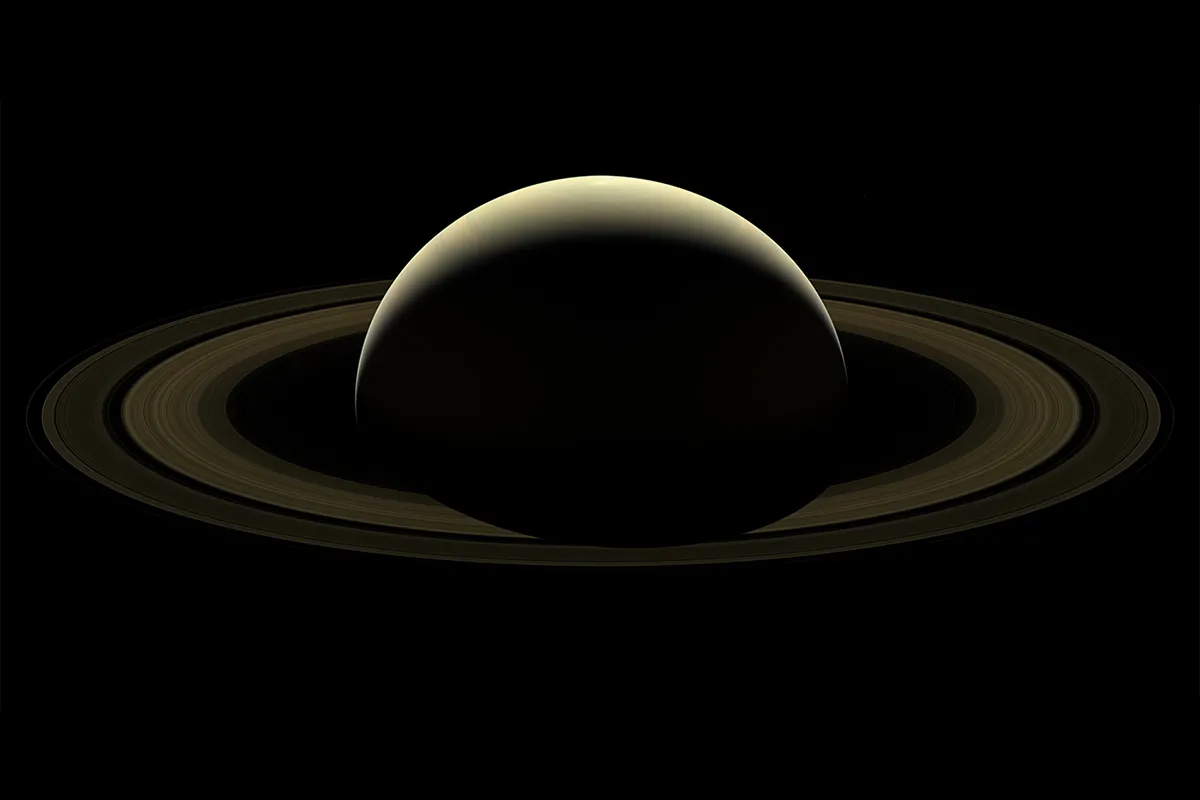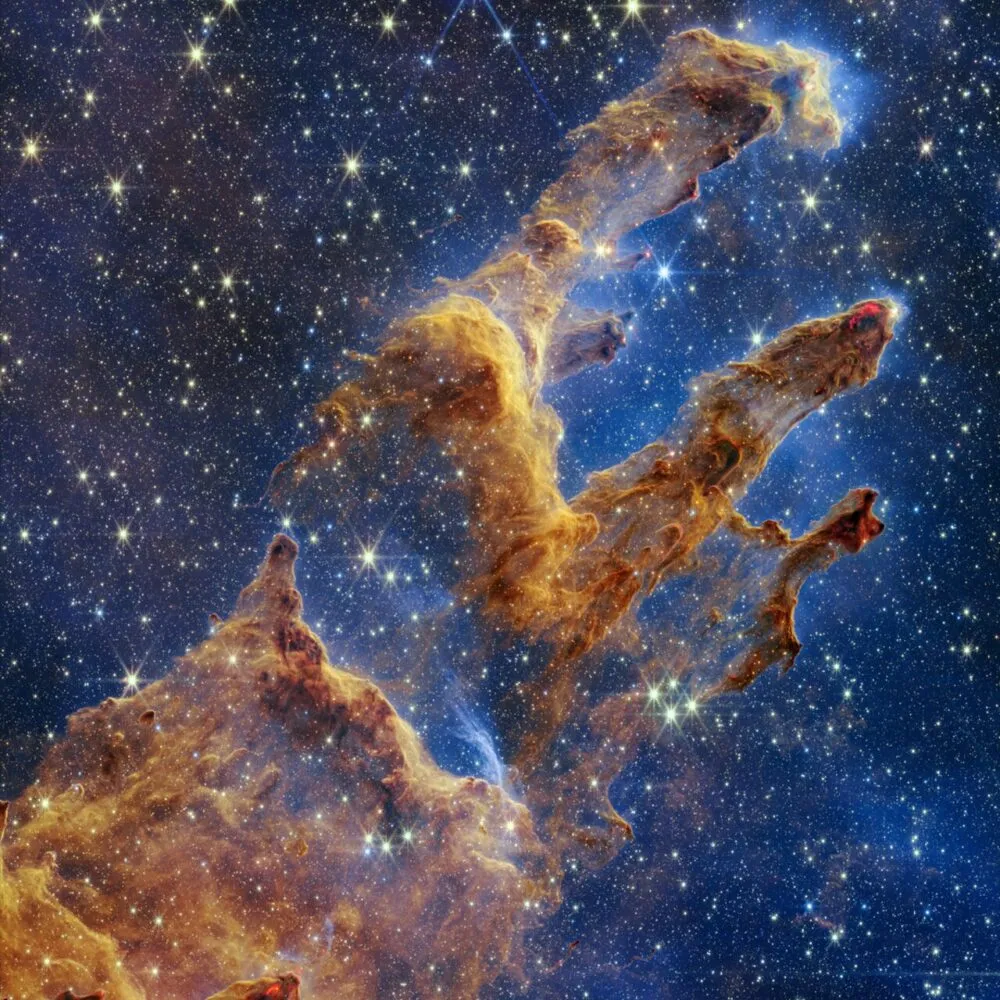As a species, the gradual unveiling of the mysteries of the Universe has only been achieved through the results of our own innovation, unaided and unassisted by anyone else.
From early cave paintings that captured the heavens, to tracking the motions of stars and planets to form basic calendars, to agricultural usage, with the planting and reaping of crops.
Soon, though, instead of just observing the points of light in the night sky, great minds such as Ptolemy, Copernicus and Kepler turned to attempts at explaining them.

Landmark timeline events serve as poignant reminders of the parallel relationship between the human mind and the Universe.
Galileo’s telescopic sketching of Saturn in the early 1600s, and in particular that of Saturn's rings, were humankind’s ‘first light’ on an object that had been waiting billions of years for technology on Earth to sufficiently advance in order to make such an observation.
Galileo’s puzzlement over what he saw as Saturn’s ‘arms’ was duly solved, as the optical revolution of the time allowed Dutch astronomer Christiaan Huygens to declare in 1659 that those ‘arms’ were in fact rings.
As Galileo opened that first door, Huygens opened the second, and the momentum continued as the centuries passed, eventually leading to the Pioneer, Voyager and Cassini–Huygens missions.

Environmental philosopher John Muir (1838–1914), wrote that "the clearest way into the Universe is through a forest wilderness."
Just as a torch beam illuminates the interior of a cave as the explorer ventures deeper into its labyrinth, the path towards our own understanding is one revealed a step at a time.
Those shafts of light through the forest canopy to the ground have not only produced discoveries upon our journey, but enhancements of phenomena that have already been captured lightyears distant, as the James Webb Space Telescope impressively sharpened the Hubble Space Telescope’s image of the Pillars of Creation.

Perhaps more remarkably, Albert Einstein’s theory of relativity, which predicted the existence of what American physicist John Wheeler later coined ‘black holes’, has now been presented to us in an image, thanks to the Event Horizon Telescope.
It’s proof that at times we are perhaps ahead of the Universe in our thinking, but never naive enough to believe until proven that one’s theory is correct.
As we look at the Universe, let us not forget that, in its own way, it has also been looking back at us.
One of its emissaries (‘Oumuamua aside), is Halley’s Comet.
With every periodic sweep of its body and tail, this comet has witnessed an ever-changing shop window of the life on planet Earth.

With each pass there have been different residents looking skyward at the comet, using different means to observe it and with different thoughts to explain it.
Recent studies suggest that the Universe is expanding faster than previously understood.
But given our astronomical accomplishments, and maybe more so our developments in spaceflight technology, it would more than indicate that we remain closely aligned in both mind and capability with the accelerating expansion of the Universe.
This article appeared in the March 2024 issue of BBC Sky at Night Magazine.
